Juli McLoone
Posts by Juli McLoone
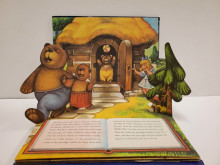
The Special Collections Research Center is pleased to announce a new online exhibit: A Menagerie of Animal Tales, curated by students in Dr. Lisa Makman’s English 313 course: Children’s Literature and the Invention of Modern Childhood.
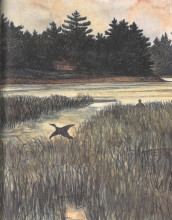
Join Special Collections today for a Great Lakes Theme Semester event at 3pm in Room 660D. Dr. Elizabeth Goodenough of the Residential College will give a presentation exploring the landscapes of the Great Lakes as they shape the lives of children, writers, and illustrators. Also, from 4-6pm tomorrow, stop by Special Collections After Hours in the open study space adjacent to the 6th floor Reading Room. A wide range of published and archival material from Michigan children's literature authors and illustrators will be on display. Light refreshments will be served.

The Special Collections Research Center announces a new exhibit, Other Crusoes, Other Islands: Mapping a Complex Legacy. On the 300th anniversary of the publication of The Life and Surprising Adventures of Robinson Crusoe, of York, Mariner, this exhibit interrogates the troubled legacy of Daniel Defoe’s seminal English novel. It also explores how creators have pushed back against the colonialist, hyper-masculine, and racist ethos of the text by using the castaway narrative to explore self-sufficiency, otherness, and the role of gendered and racialized ideas in constructing the self.
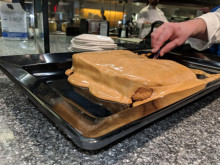
Earlier this month, Special Collections was pleased to host WEMU news reporter Jorge Avellan as he researched a story for their "Hidden in Plain Sight" program, featuring Malinda Russell's A Domestic Cook Book. This unpreposessing little 39-page booklet in faded paper wrappers is one of the greatest treasures of the Janice Bluestein Longone Culinary Archive. Published in Paw Paw, Michigan in 1866, A Domestic Cook Book is the only known copy of the oldest known cookbook published by an African American.
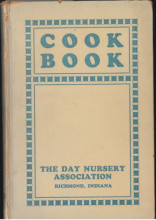
In honor of Pi Day, we offer no less than five lemon pies from the Day Nursery Association's 1924 Cook Book, published in Richmond, Indiana. Read on and judge for yourself whether Mrs. Fred Pollitz, Mrs. Thomas Nicholson, Mrs. A.H. Wilson, Mrs. George Eggemeyer, or Mrs. George Fox would win the blue ribbon for lemon pie.
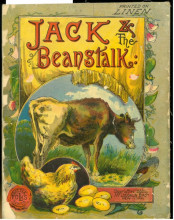
The Special Collections Research Center is pleased to announce a new exhibit: What Are Little Books Made Of? Visit the Special Collections Exhibit Gallery in our 6th floor space (660J Hatcher South) to see children's books printed on cotton, linen, and linenette from February 5 - March 22, 2019.

The Special Collections Research Center is pleased to announce a new exhibit celebrating the work of Michigan poet David Cope. Drawing on drafts, proofs, and other documents from Cope's archive, this exhibit offers a glimpse into his poetic and editorial process. The exhibit will remain on view through November 30, 2018 in our gallery space on the 6th floor of Hatcher Graduate Library (South), adjacent to the Reading Room.
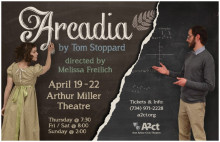
This weekend, Ann Arbor Civic Theatre presents Arcadia by Tom Stoppard, directed by Melissa Freilich, April 19-22, 2018, at the University of Michigan’s Arthur Miller Theatre, 1226 Murfin Ave, 48109. Performances are Thursday at 7:30 p.m., Friday-Saturday at 8 p.m. and Sunday at 2 p.m. Come early to the performance (or catch us during intermission) on Saturday, April 21 for a Rare Book Meet & Greet with the Special Collections Research Center, displaying early 19th century books on landscape architecture, mathematics, dancing, and poetry.

The Special Collections Research Center is pleased to announce the opening of Seven Fantasy Classics for Children, a new exhibit in the Audubon Room, curated by Lisa Makman's English 313 course, Children's Literature and the Invention of Modern Childhood. Join us for an informal opening today on Tuesday, April 10th, 1:00-2:30pm in the Hatcher Gallery. Light refreshments will be served.
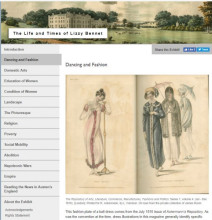
The Special Collections Research Center is pleased to announce a new online exhibit: The Life and Times of Lizzy Bennet. This exhibit features a selection of materials from the physical exhibit commemorating the 200th anniversary of Jane Austen's death, which was on display in the Audubon Room of Hatcher Graduate Library, November 20, 2017 - March 30, 2018.